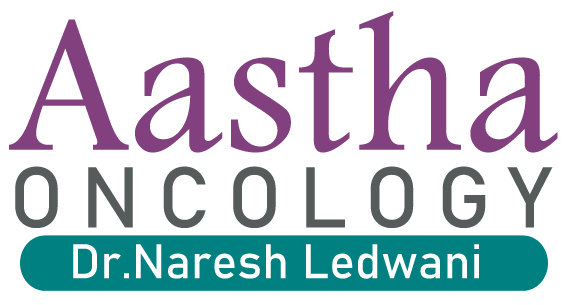There could be some complications after modified radical mastectomy like bleeding, infection, pain, swelling, or tenderness near the incision site, swelling in the arm, decreased range of motion and scarring. Patient can usually expect to stay in the hospital for 2 days or fewer after a mastectomy.
If the patient is undergoing breast reconstruction at the same time, they may have to stay longer; anywhere from 2 days for an implant up to a week for reconstruction with the patient’s own tissue.
A rehabilitation specialist will teach the patient some exercises that can be done at home to prevent shoulder stiffness during healing process. Patient should get plenty of rest to avoid fatigue and carefully take care of the incision site as counseled by the surgeon.







